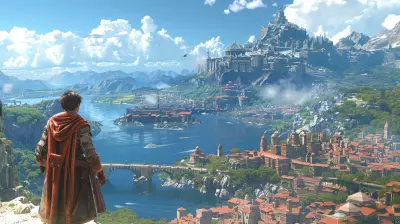Filling the Void: Techniques for Making Open Worlds Feel Alive
25 July 2025
Open-world games have come a long way since their early days. What started as vast digital playgrounds filled with the occasional quest marker has evolved into massive, immersive experiences full of detail and life. Yet, even now, many open-world games still suffer from the same issue — they feel empty. Big doesn't always mean better, especially when the world's as hollow as a cardboard cutout. So, how do game developers breathe life into these virtual spaces? Let’s talk about the techniques that actually work when it comes to filling the void.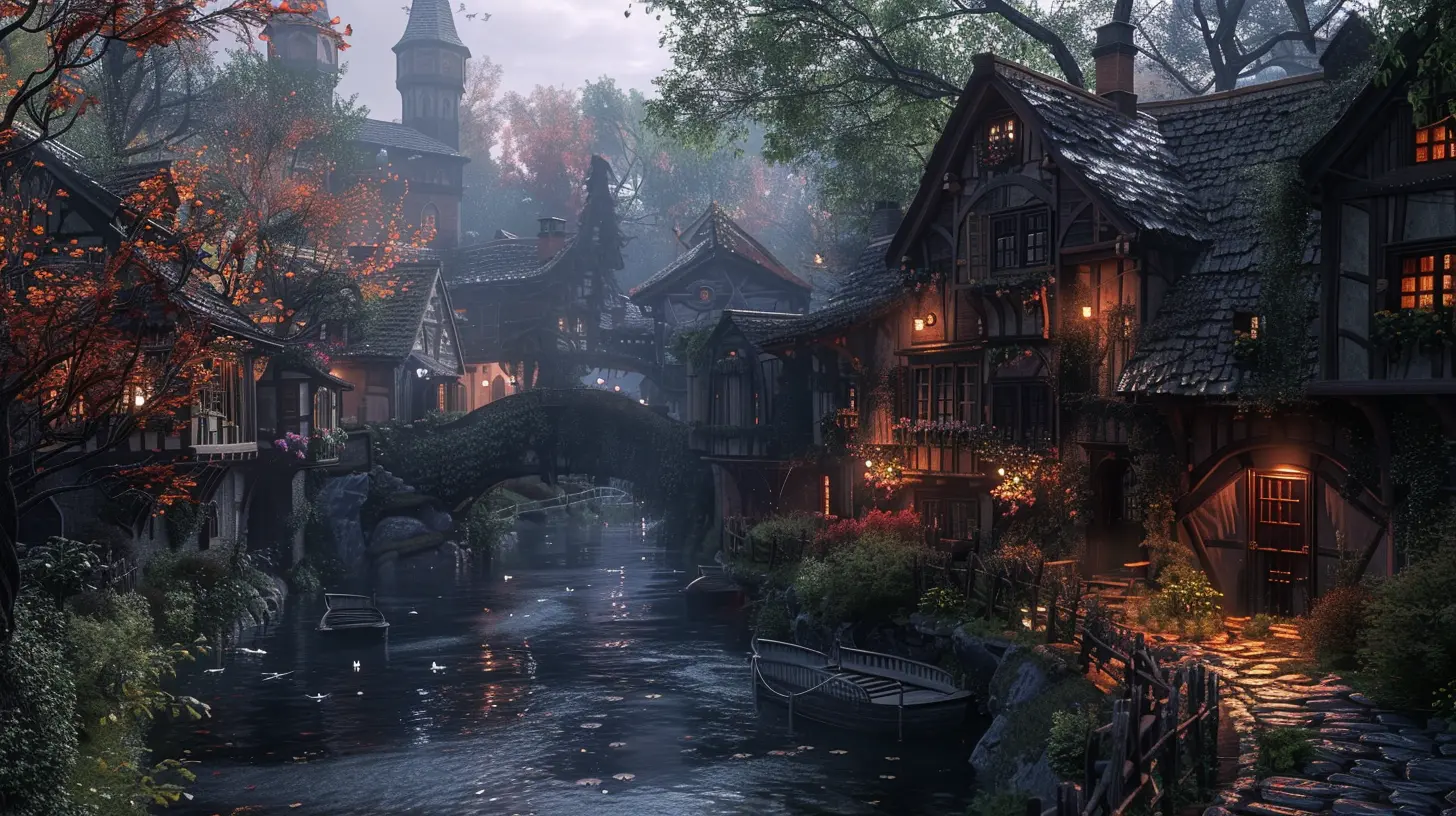
Why Empty Open Worlds Are a Problem
Ever boot up a new game, marvel at the beautiful scenery, only to realize there’s... nothing going on? Yeah, we’ve all been there. Empty open worlds are like movie sets — everything looks great, but there’s no one around once the camera stops rolling.When a game world feels empty, you’re more likely to:
- Lose immersion
- Get bored quickly
- Skip side content
- Focus solely on main objectives (if at all)
It breaks the illusion that you're in a living, breathing world. And that’s a huge problem for games built around exploration and freedom.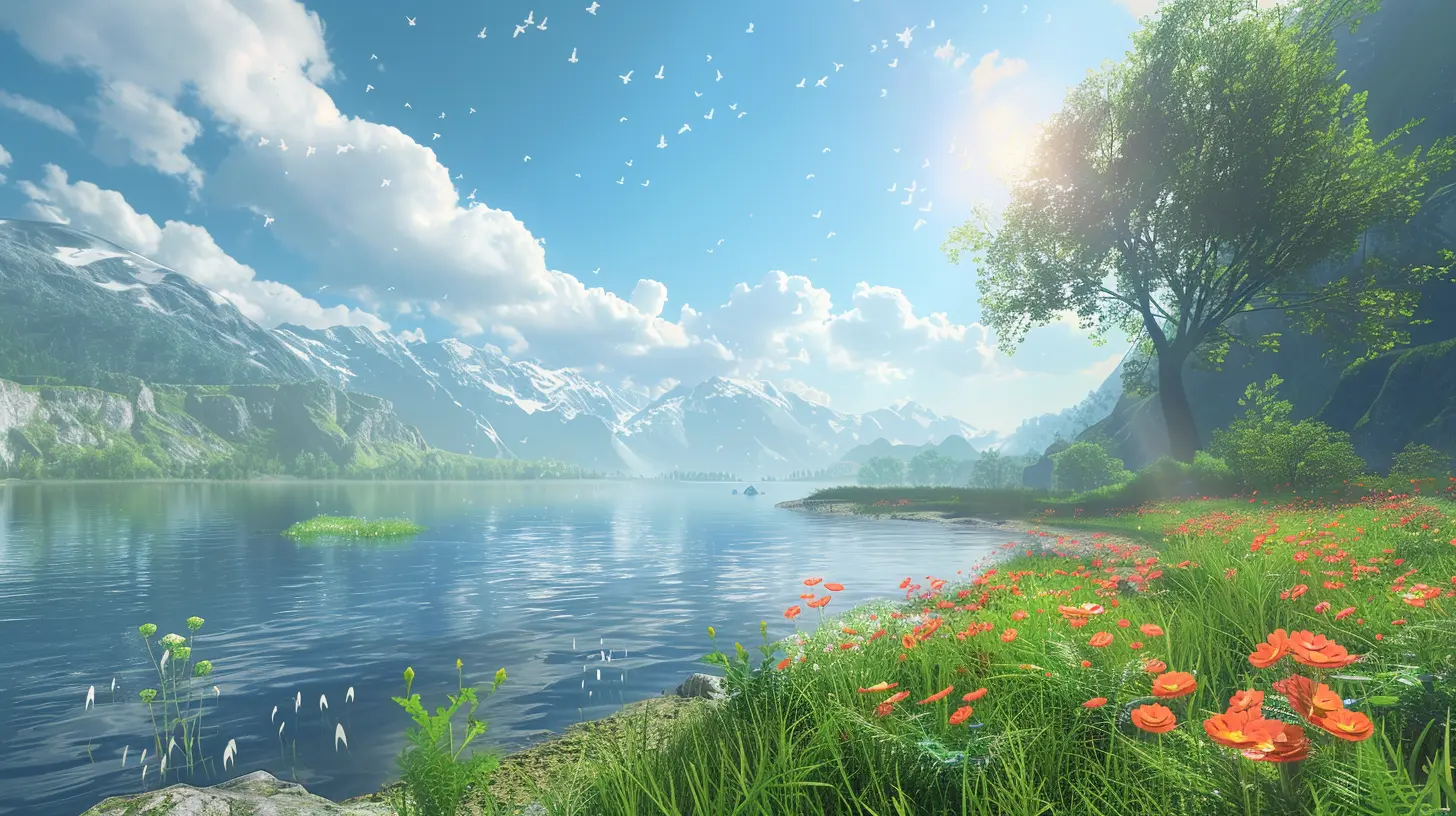
The Anatomy of a Living World
Before we dive into the techniques, let’s get something straight. A “living” world isn’t just about looking pretty. It's about interaction, dynamic systems, and that sense of unpredictability you get from real life. It’s when things happen even when you’re not looking.A living open world has:
- Unscripted events
- Dynamic environments
- Believable NPC behavior
- Natural soundscapes
- Meaningful content density
Now let’s dig deep into the how.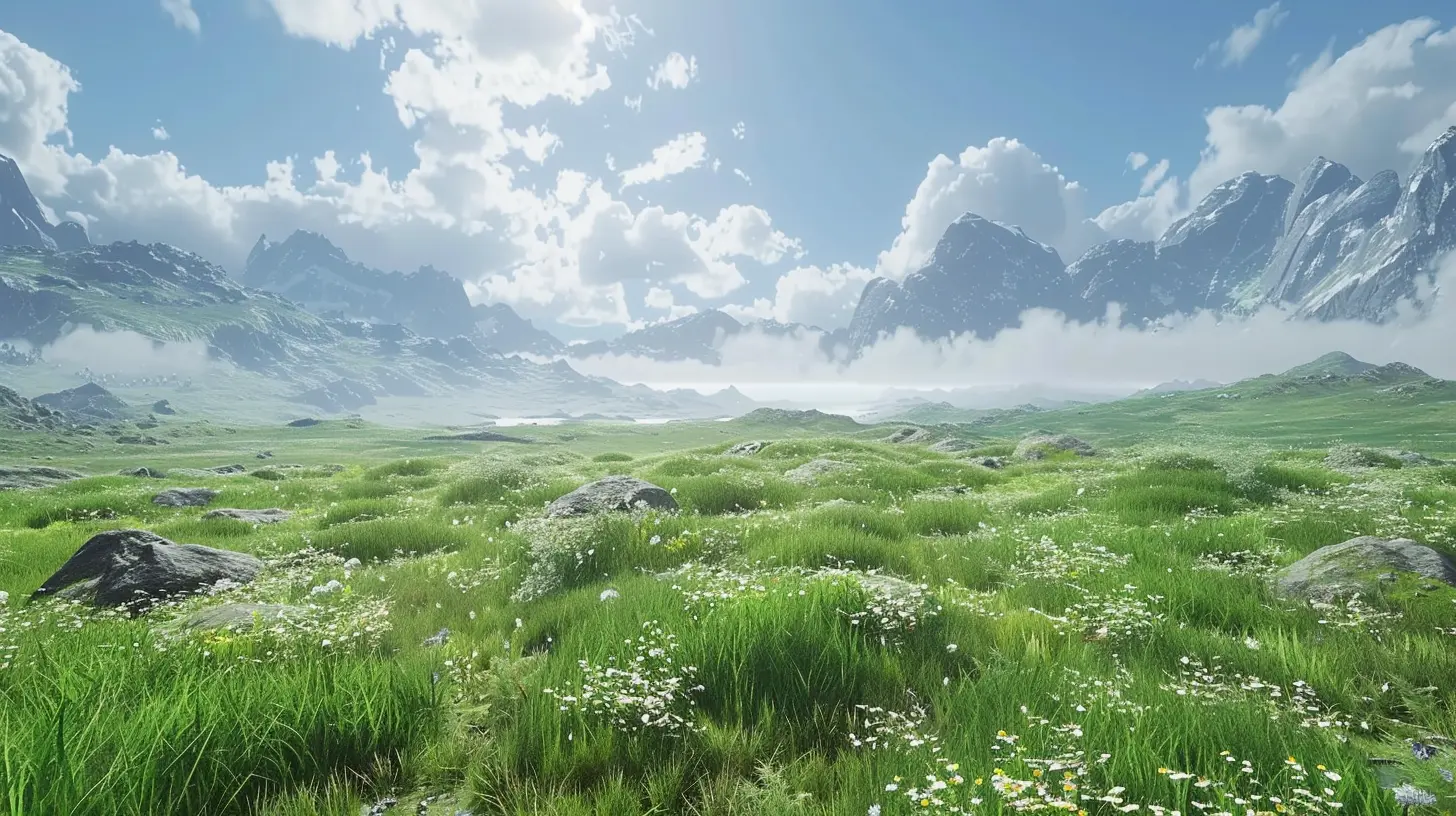
1. Dynamic NPC Behavior
You can’t have a living world without people (or creatures, or robots, depending on the game). But plopping down NPCs that just stand around scratching their heads doesn’t cut it.More Than Background Noise
NPCs should have routines. Maybe the shopkeeper actually closes his stall at night. Maybe villagers gather for a festival or scatter during a storm. When NPCs live their lives regardless of your involvement, it feels like the world’s not just there for your amusement — it's alive.Reactive AI
Make NPCs respond to what’s happening around them. If there’s a monster attack, they should run. If it’s raining, they might take cover. If you pull out a sword in town, maybe the guards have something to say about it.Little behavioral changes like that go a long way in selling the illusion.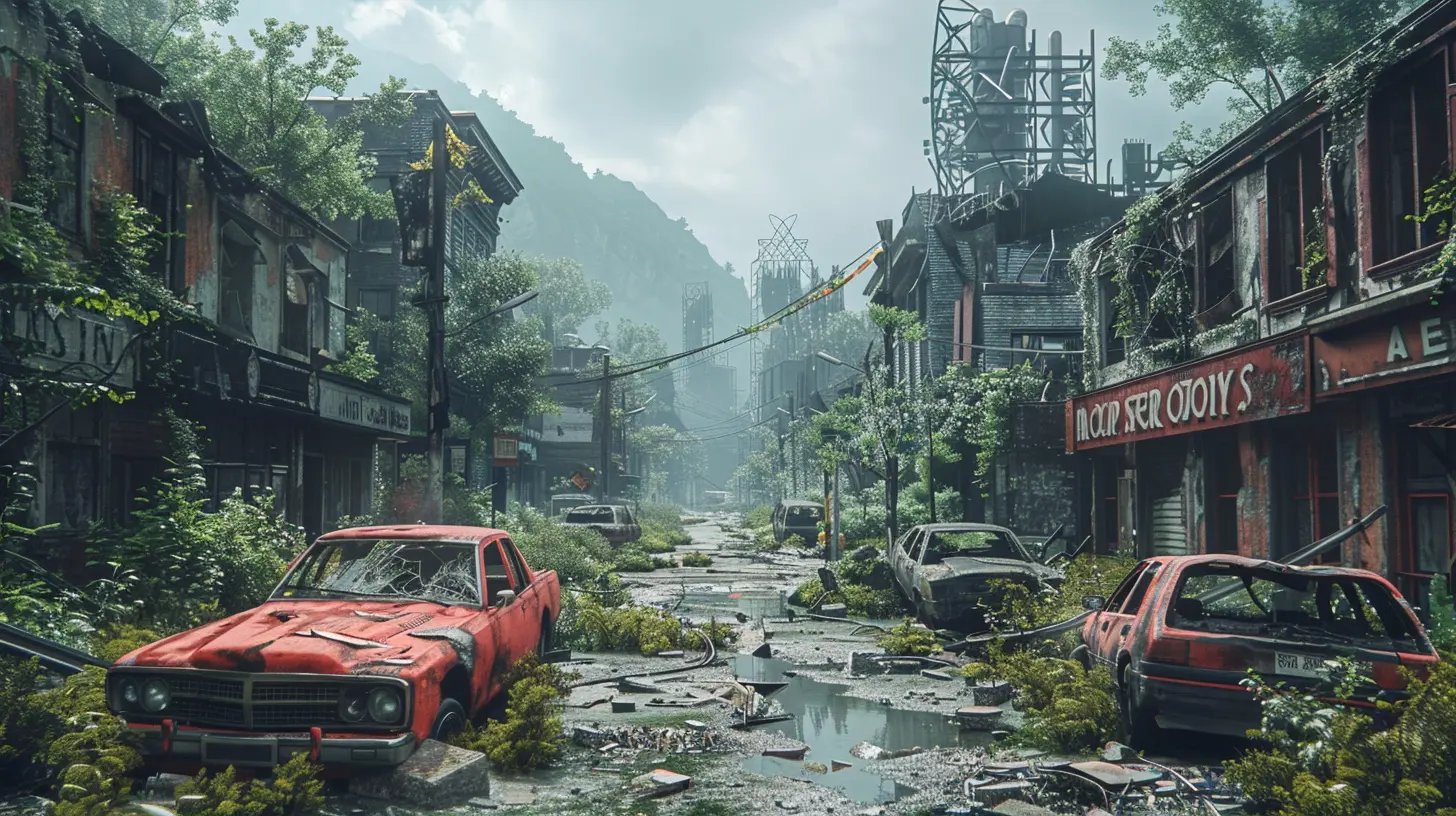
2. Environmental Storytelling
Let the world tell a story without a single line of dialogue. Ever wandered into a ruined building and pieced together what happened just by looking? That’s environmental storytelling.Clues in the Landscape
A trail of blood, an overturned chair, a scorched village — these paint a picture. They fill gaps in the narrative and encourage the player to think like a detective. It keeps exploration rewarding and meaningful.Unique Landmarks
If every forest looks the same, your game's going to fade into the background. But that one ridge with a giant skeleton fused into a cliff? That stays with players. Landmarks give your world identity.3. Ambient Life and Ecosystem Simulation
Here’s a big one. If there’s no wildlife, no insects, no rustling trees — your world feels dead.Wildlife and Flora
Animals grazing, birds flying overhead, fish swimming in streams — it’s all background noise, but it's critical. It gives players subconscious cues that life exists here. Bonus points if animals behave naturally — hunting, sleeping, migrating.Ecosystems that React
Want to go deeper? Build systems where predator and prey interact. Overhunt wolves, and maybe deer overpopulate. Chop down too many trees, wildlife starts to vanish. These layers make the world feel responsive and alive.4. Procedural Events and Random Encounters
Unpredictability = immersion. When you can’t guess what’s around the corner, it keeps the magic alive.Random Events
You’re wandering down a road and suddenly — boom — a caravan is under attack. Or a hunter asks for help tracking a beast. These moments make the world feel like it's ticking along, with or without you.Player-Driven Outcomes
Even better, let those events have consequences. Save that caravan? Maybe you see them again in a town later. Ignore it? They vanish, leaving behind a burnt cart. Your choices shape the flow.5. Layered Sound Design and Music
Sound might be invisible, but its impact? Massive.Layered Ambient Audio
Bird calls, rustling leaves, distant thunder — all of it makes the world feel full. Strolling through a forest should sound different than walking a rain-slicked alley at midnight.Dynamic Music
Change up the music based on time of day, weather, or danger levels. It’s the emotional background that drives immersion home.6. Emergent Gameplay Systems
When systems interact in unexpected ways, that’s when magic happens.Cause and Effect
Make fire spread. Let wind affect arrows. Let water conduct electricity. When players learn to manipulate systems, the world becomes a playground — one that feels alive because it responds to their actions.Player Agency
The more freedom players have to bend the world, the more they’ll believe in its reality. It’s not about realism — it’s about reactivity.7. World-Building Through Lore and Culture
Don’t just tell players your world has history. Show it.Cultural Depth
Different regions should feel unique — not just in visuals, but in customs, architecture, and speech. Maybe one town worships nature spirits, while another revolves around industry. That contrast breathes life into geography.Languages and Traditions
Even made-up languages and regional dialects can add flair. Think of how games like The Witcher or Elder Scrolls give depth through folklore and idioms.8. Meaningful Side Content
Side quests shouldn’t feel like grocery lists.Story-Driven Side Activities
Give those side missions real emotional weight. Whether it's reuniting a lost family or uncovering a dark village secret, make it worth the player’s time.Organic Discovery
Hide some quests behind exploration. Let players stumble onto them by accident, like hearing rumors or finding a strange object that begins a quest. That keeps the world exciting to explore.9. Time and Weather Systems
The world should change — not just physically, but atmospherically.Day/Night Cycles
NPCs go home, shops close, bandits come out at night. Light changes the feel of a location — a peaceful glade by day becomes terrifying at dusk.Weather with Impact
Don’t just add rain for visuals. Make it matter. Maybe rain makes stealth easier. Fog can reduce visibility. A sandstorm might force you to find shelter. When weather alters gameplay, it transforms from eye candy to an immersive tool.10. Mod Support and User-Generated Content
Sometimes, the players are the best world builders.Encourage Creativity
Modding communities can breathe decades of life into your game. Look at Skyrim — still going strong after more than a decade. Mods create new stories, NPCs, systems, and environments.Sandbox Tools
Give players the tools to mold the world. Custom towns, quest lines, and characters made by the community can exponentially boost how alive the world feels — because it keeps evolving.Bringing It All Together
Here’s the thing — no single technique will solve the “empty world” problem. It’s about layering systems and details that, together, give the illusion of life. Think of it like a painting: individual brushstrokes don’t make much sense up close, but step back, and they create beauty.Players don’t want just a big world. They want a rich, responsive one. A place where stories happen whether they're watching or not. A world that grows, changes, and reacts. That’s what truly fills the void.
And hey, if you’re building an open-world game or just dreaming of the perfect one — always ask yourself: does this place feel alive, or just big?
all images in this post were generated using AI tools
Category:
World BuildingAuthor:

Audrey McGhee
Discussion
rate this article
2 comments
Dana McGuffey
Great read! I love how you highlighted the importance of NPC interactions and environmental details. They truly make open worlds feel immersive and alive. Can’t wait to explore more!
October 18, 2025 at 4:37 PM

Audrey McGhee
Thank you! I'm glad you enjoyed it and appreciate your feedback on NPCs and environmental details—they really bring open worlds to life!
Odessa McGowan
Incorporating dynamic events, diverse NPC interactions, and environmental storytelling can significantly enhance immersion in open worlds. By creating a living ecosystem that reacts to player actions, developers transform exploration into a rich, engaging experience, making each adventure uniquely memorable.
July 28, 2025 at 3:50 PM

Audrey McGhee
Absolutely! Dynamic events and diverse NPC interactions are crucial for creating immersive open worlds. They enrich player experiences and make exploration feel vibrant and unique. Thank you for highlighting this!

